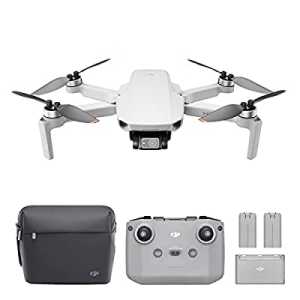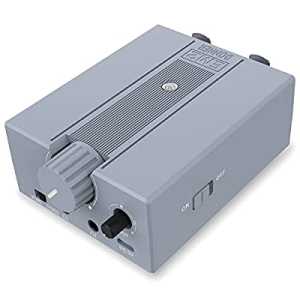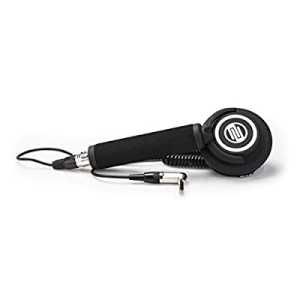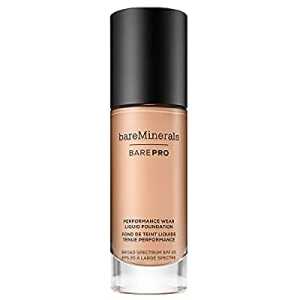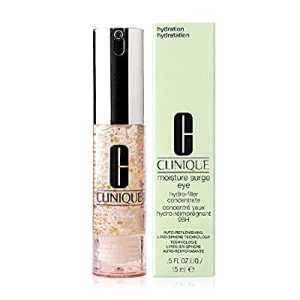
Is LASIK Eye Surgery Right For You? A Comprehensive Guide

For many people, wearing glasses or contact lenses can be inconvenient, especially in daily activities like sports, driving, or even simple tasks like reading. LASIK eye surgery has emerged as a popular solution, offering clearer vision without the need for corrective eyewear. But is LASIK the right choice for you? This guide will help you understand the procedure, its benefits, potential risks, and whether you are a suitable candidate for the surgery.
What is LASIK Eye Surgery?
LASIK (Laser-Assisted In Situ Keratomileusis) is a laser-based refractive surgery that corrects common vision problems such as:
- Myopia (Nearsightedness): Difficulty seeing distant objects clearly.
- Hyperopia (Farsightedness): Difficulty seeing close objects clearly.
- Astigmatism: Blurred vision due to an irregularly shaped cornea.
During LASIK surgery, a surgeon reshapes the cornea using a laser, allowing light to properly focus on the retina, improving vision clarity. The entire procedure is quick, often taking less than 15 minutes per eye, with minimal discomfort and a fast recovery time.
Who is a Good Candidate for LASIK?
While LASIK has transformed vision correction for millions, it is not suitable for everyone. The ideal candidate typically meets the following criteria:
1. Stable Vision Prescription
Your prescription should be stable for at least one year before considering LASIK. Frequent changes in vision may indicate an underlying condition that could affect surgery results.
2. Age Requirement
Most LASIK surgeons recommend patients be at least 18 years old, but the ideal age is usually in the mid-20s to early 40s when vision is more stable.
3. Healthy Eyes
Candidates should be free of eye conditions such as:
- Cataracts
- Glaucoma
- Severe Dry Eye Syndrome
- Corneal Diseases (e.g., Keratoconus)
A thorough eye examination will determine if your eyes are healthy enough for the procedure.
4. Sufficient Corneal Thickness
LASIK involves reshaping the cornea, so having an adequate corneal thickness is crucial. People with thin or irregular corneas may be advised to consider alternative vision correction options like PRK (Photorefractive Keratectomy).
5. General Health Considerations
Certain medical conditions, such as autoimmune disorders, diabetes, or uncontrolled hypertension, can impact healing and increase the risk of complications. Discussing your medical history with your doctor is essential.
What Are the Benefits of LASIK?
LASIK offers numerous advantages, making it an attractive option for vision correction:
1. Quick and Painless Procedure
The surgery is completed in under 30 minutes, with minimal discomfort. Most patients report only mild pressure during the procedure.
2. Fast Recovery Time
Many patients experience improved vision within 24 hours, with full stabilization occurring within a few weeks.
3. Long-Lasting Results
For most people, LASIK provides permanent vision correction, reducing or eliminating the need for glasses or contact lenses.
4. Improved Quality of Life
Clear vision enhances daily activities, making tasks like driving, reading, and sports more convenient without reliance on eyewear.
Potential Risks and Side Effects of LASIK
Although LASIK is considered safe, it does carry some risks. Understanding these potential side effects can help in making an informed decision.
1. Dry Eyes
Many patients experience temporary dry eyes after LASIK, which can last for several months. Artificial tears and prescribed eye drops can help alleviate discomfort.
2. Glare and Halos
Some individuals notice glare, halos, or starbursts around lights, especially at night. These symptoms usually improve within a few months.
3. Undercorrection or Overcorrection
In some cases, vision may not be fully corrected, requiring a second enhancement procedure to fine-tune the results.
4. Flap Complications
Since LASIK involves creating a corneal flap, there is a small risk of flap displacement or irregular healing, which may require additional treatment.
Alternatives to LASIK
If LASIK isn’t the right option for you, other vision correction procedures may be available:
1. PRK (Photorefractive Keratectomy)
PRK is similar to LASIK but does not involve creating a corneal flap. It is often recommended for individuals with thin corneas or those at risk for flap complications.
2. SMILE (Small Incision Lenticule Extraction)
A newer alternative to LASIK, SMILE involves creating a small incision in the cornea, reducing the risk of dry eyes and flap-related issues.
3. Implantable Contact Lenses (ICL)
For individuals with high prescriptions or thin corneas, implantable contact lenses provide a long-term corrective solution without altering the cornea.
How to Prepare for LASIK Surgery?
If you are considering LASIK, follow these steps to ensure a successful procedure:
1. Schedule a Consultation
Your ophthalmologist will perform a comprehensive eye exam to determine if you are a good candidate for LASIK.
2. Stop Wearing Contact Lenses
Contact lenses can alter corneal shape, so you may need to stop wearing them for a few weeks before surgery.
3. Arrange Transportation
Since your vision may be blurry immediately after the procedure, arrange for someone to drive you home.
4. Follow Pre-Surgery Instructions
Your surgeon will provide guidelines, such as avoiding lotions or makeup on the day of the surgery to reduce infection risk.
What to Expect After LASIK Surgery?
1. Immediate Recovery
- Mild irritation, watering, or light sensitivity is normal for the first few hours.
- Most patients experience improved vision within 24 hours.
2. Follow-Up Appointments
- Regular check-ups are required to monitor healing progress.
- Avoid rubbing your eyes to prevent complications.
3. Restrictions During Recovery
- Avoid swimming, heavy exercise, and exposure to dust for at least one to two weeks.
- Use prescribed eye drops to prevent dryness and infections.
LASIK Surgery Cost: What to Expect
The cost of LASIK surgery varies across cities, including Chinchwad, depending on factors such as the technology used, the surgeon’s expertise, and the clinic's facilities. Basic procedures tend to be more affordable, while advanced options like bladeless or wavefront-guided LASIK may cost more. Prices can also differ based on the location and reputation of the clinic.
If you're considering LASIK, consult with an eye specialist to understand the cost breakdown, available financing options, and what’s included in the procedure. LASIK surgery cost in Chinchwad may differ from that in metropolitan areas due to variations in overhead expenses and equipment used.
Final Thoughts: Is LASIK Right for You?
LASIK eye surgery is an effective solution for individuals looking to achieve clear, glasses-free vision. However, it is essential to weigh the benefits, risks, and suitability before making a decision. Consulting with an experienced ophthalmologist is the best way to determine if LASIK is right for you.
If you’re tired of glasses and contact lenses, LASIK could be a life-changing procedure that enhances your daily activities and boosts confidence. Take the first step by scheduling a consultation with a specialist today!
Author Bio
Article Comments
No Comments!
At present there are zero comments on this article.
Why not be the first to make a comment?
Similar Articles
Search Pages
Upgrade User Account
account to full use of editor,
including hyperlinks
Article Categories
There are zero sub-categories in this parent category.
There are zero sub-categories in this parent category.

